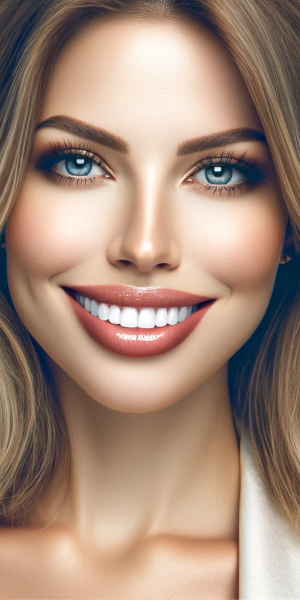Waking up in the morning with tooth or jaw pain, increased sensitivity to cold and hot teeth, and even headaches and neck pain can be caused by bruxism, known as sleep clenching disease. Botox applications come to the fore in the treatment of clenching disease, which usually occurs due to stress and can cause serious problems in cases where complaints are ignored.
You may lose your tooth
Bruxism, popularly known as external clenching disease during sleep, is a sleep disorder that manifests itself in three different forms as clenching of the teeth during sleep, sudden closing of the jaw during sleep in those who sleep with the mouth open, or teeth grinding. In patients with bruxism, the muscle activity associated with clenching during sleep is 3 times higher than that of normal individuals. In addition, the strength of muscle contractions is higher than when awake. (It can be up to 4 tons of force) As a result of bruxism;
* Damages such as breakage, abrasion, swaying of teeth
* Increase in gum disease and bone loss disorders
* Asymmetrical appearance as a result of swelling in the cheek area or unilateral hypertrophy
* Hot cold sensitivity
* Jaw pain and limitation of movement
* Joint pain as a result of damage to the jaw joint,
* Noise in the jaw or locking of the jaw
* From time to time, ear or headache, neck pain, triggered migraine attacks may occur.
Don’t miss your partner’s sleep! Because bruxism or clenching often occurs only during sleep, patients may not notice the situation.
In such cases, the disease can be diagnosed by the dentist as a result of the examination of the mouth, teeth and jaw joint and jaw muscles. In patients with advanced disease, joint pain can be confused with ear pain and muscle pain can be confused with migraine pain. Bruxism can sometimes be seen as external grinding. In cases where the discomfort is seen as external creaking, sleep disturbance may be seen in the bed partner of the patients.
It can impair your quality of life; Clenching discomfort can be of dental or neurological origin, or it can be caused by personality structure, genetic factors, medication used, psychological problems, stress and sleep disorders such as restless legs syndrome. Imbalance in oral tissues; missing or rotten teeth, faulty dentures are another reason. In bruxism patients, sleep initiation or maintenance disorder, increase in daytime sleepiness and deterioration in quality of life are observed.
Due to the asymmetry on the face, you may appear heavier than you are, and your cheeks may appear more swollen. Botox treatment comes to the fore
In the treatment of bruxism, protective or stabilizing plates can be used to protect the tooth and jaw joint from damage. It is seen that the use of protective plates causes an increase in muscle activity between 20% and 50%. The use of protective plaque prevents tooth and tissue damage rather than affecting bruxism. Since it is difficult to use at night, the majority of patients give up using these plates after a while. However, in patients with joint problems, the plates used together with botox give successful results. In recent years, botox applications have come to the fore in the treatment of bruxism. The function of the muscle in the area where Botox is applied temporarily decreases or disappears. In the treatment of bruxism, that is, teeth clenching, Botox is used to relax the muscles in the jaw and temple area.
Aesthetically, thinning of the cheeks, prominence of the jawbone, prominence of the cheekbones, improvement of the asymmetrical appearance in the cheek muscles can be seen.
Depending on the muscle mass, degree of clenching, anatomical structure, gender and skin thickness, the amount and application areas of the drug to be applied may vary. After an average of 10 days after the treatment, the muscles begin to relax, reach the maximum level in 15 days, and this effect lasts for about 4-6 months. During the treatment process, a skin numbing cream is applied from the front and waited for 10-15 minutes. Then, the drug is injected externally into the marked areas with fine-tipped mesotherapy needles. For this reason, botox applications are not very painful procedures. Botox treatment is not preferred during pregnancy or lactation, people under the age of 18, and those with nerve or muscle disease.
In the treatment of bruxism, it may be necessary to complete the functionally missing teeth and to arrange incorrect or damaged bites. (Completion of missing teeth, replacement of old prostheses, etc.)
In this process, dental, neurological, sleep problems, stress factors or psychological problems that may cause external tightening should be questioned and treated.
What should not be forgotten is that facial aesthetics is a whole and should be evaluated from every angle.







